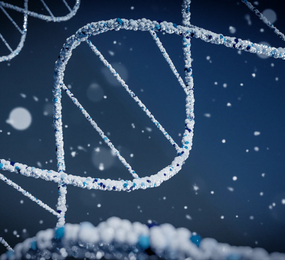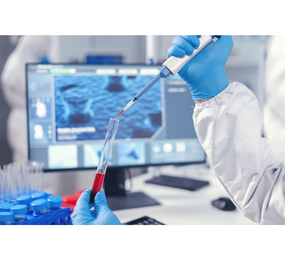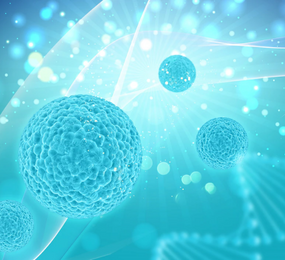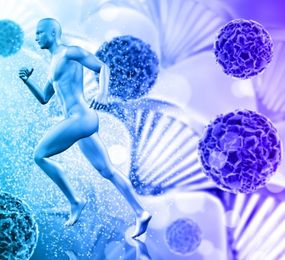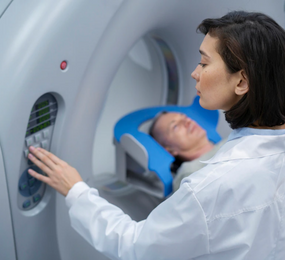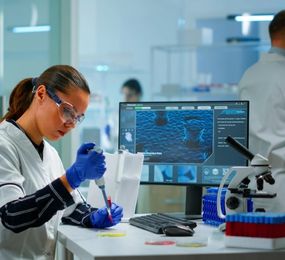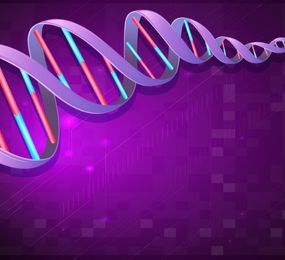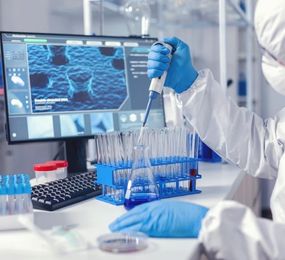Short strands of genetic (DNA or RNA) sequences are known as oligonucleotides. These molecules, which are frequently referred to as simply "oligos," are among the most important pieces in modern molecular biology.
The building blocks of natural DNA are nucleotides, which are chemical chains of repeating units joined by enzymes. Therefore, one of the most significant breakthroughs of the 20th century was the discovery of DNA synthesis, which made it possible to produce oligos artificially with altered nucleotides to enhance their medicinal effects. Similar to naturally occurring oligos, these are constructed to bind to specific DNA or RNA sequences via complementary base pairing. Although they stop defective genes from producing defective proteins, oligos don't actually change the DNA.
As part of a highly tailored course of treatment, oligo drugs are des to either stop or regulate the production of practically any gene. Although the first approved oligos are getting close to 30 years old, the first truly potent examples are now available. Significant progress has been achieved in the design of oligo drugs recently, enabling the development of therapies with significantly higher stability. The difficulties with administration, biodistribution, cellular absorption, and unwanted side effects have all been significantly improved.
Oligonucleotides target errors in the genetic code, which are the causes of diseases, as opposed to the majority of biologic drugs, which target proteins (and thus the diseases' downstream effects). Oligonucleotides are utilised to treat uncommon disorders, such as brain and neuromuscular conditions, that were previously incurable.
For upstream processing, all oligonucleotide manufacturing processes call for the use of combustible, hazardous material, and for downstream processing, they all call for the use of extremely clean biopharma processes. Therefore, a facility must manage huge amounts of flammable liquid while simultaneously offering an appropriate setting for the final parenteral oligo drug product's sterile formulation and fill-finish.
Oligonucleotides (ONs) are gaining increasing importance as a potential new class of biopharmaceuticals. They can be used to create specialised medications (also known as N-to-1) that can affect gene expression at the pre-translational level because of their fundamental role in gene regulation. An increasing need for high-quality chemically modified ONs is growing as a result of the Food and Drug Administration's (FDA) recent approval of ON-based medicines, and their market is anticipated to flourish in the near future. A scalable and financially viable ON manufacturing is required to meet this expanding market demand. In particular, the most recent developments in the upstream stage, which is based mostly on solid-phase synthesis and recombinant technology, as well as the downstream stage, which is centred on chromatographic techniques. Since it is anticipated that ON manufacturing will scale up, automated multicolumn countercurrent technologies will likely be needed in the near future to replace those that are currently based on batch single-column operations. This consideration is supported by a recent cutting-edge application of continuous chromatography for the ON purification.
Want to find out more? Join industry experts on March 28–29, 2023 at the Steigenberger Airport Hotel, Berlin, Germany as they discuss the new trends in therapeutic oligonucleotide drug substance process development and manufacturing.
To register or learn more about the Forum please check here: https://bit.ly/3zxguXW.
For more information and group participation, contact us: [email protected]


